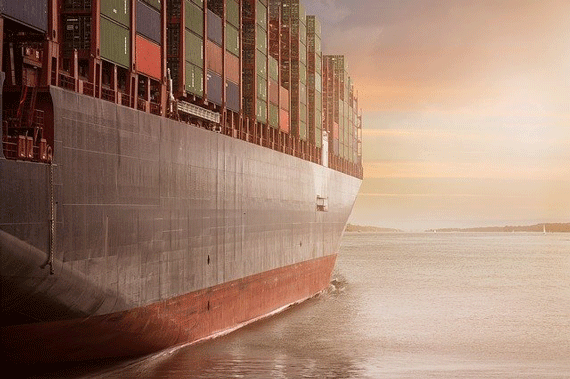More news
- New Managing Director of BASF’s Coatings division
- Global New Material International (GNMI) to acquire Merck’s Surface Solutions busine...
- Delta Coatings unveils plans for global eco-friendly HQ and plant
- PPG recognised for sustainability progress by FTSE4Good for sixth consecutive year
- ChemQuest expands Business Development team, names four VPs

PPG has launched PPG Nexeon™ 810 coating, an innovative copper-free anti-fouling developed with a strong emphasis on vessel performance, emissions reduction and sustainability. Independent tests* confirm that the ultrasmooth surface of PPG Nexeon 810 coating can yield an immediate boost in power of up to 10% and enhance operational efficiency by up to 15% due to improved fouling control performance**.
Using PPG Nexeon 810 coating reduces fuel consumption and significantly lowers greenhouse gas (GHG) emissions, enabling a vessel to sustain higher speeds while helping vessel owners and operators remain compliant with the carbon intensity indicator (CII) requirements of the International Maritime Organization. The coating’s unique formula can achieve a total reduction of up to 25% in GHG emissions compared to traditional antifouling coatings and supports 60 days of idle time resistance with minimal speed loss.
The unique binder technology ensures that the coating offers controlled and predictable solubility, guaranteeing strong performance throughout the vessel’s operational period. PPG Nexeon 810 coating is also suitable for electrostatic application and offers outstanding color retention throughout the entire service life of the vessel.
READ MORE:
Focus on marine: Hempel dives into sustainability collaboration
“PPG Nexeon 810 coating provides the ultimate combination of advanced coatings technology with improved vessel performance and responsible environmental protection,” said Joanna van Helmond, PPG Global Product Manager, antifoulings, Protective and Marine Coatings. “Thanks to PPG’s sustainably advantaged product development process, our customers can enjoy easier application and improved coating performance across the operating life of their vessels.”
The copper-free technology in PPG Nexeon 810 coating is characterised by a significantly reduced biocide content. Its unique binder technology enables the gradual release and operation of the biocides near the surface; upon entering the water, the combined effects of sunlight and ocean bacteria kickstart the breakdown of these organic biocides.
The potential for electrostatic application is a significant benefit that is not available in conventional anti-fouling coatings. The excellent transfer efficiency achieved through electrostatic spraying provides a uniform and ultrasmooth film as well as a decrease in overspray and waste, resulting in a significant reduction in paint consumption and improved health and safety benefits when compared to airless spraying.
*Following ISO 19030 and International Towing Tank Conference standards
**Actual performance will depend on vessel model and operating conditions







